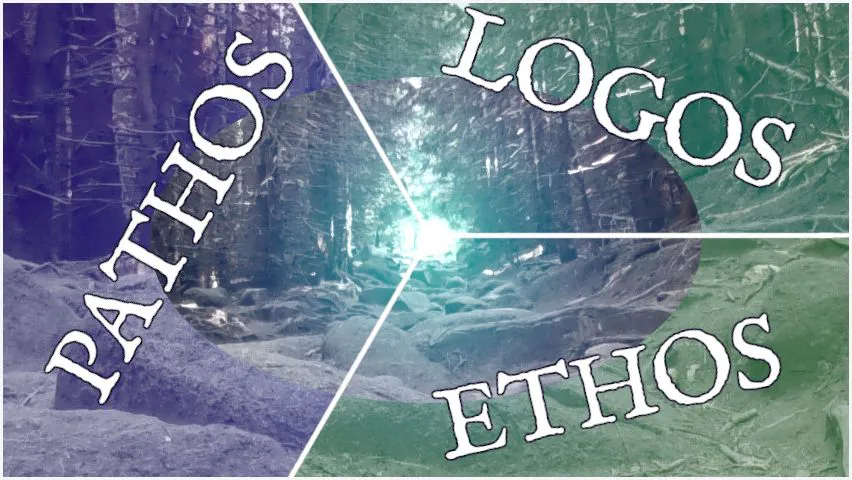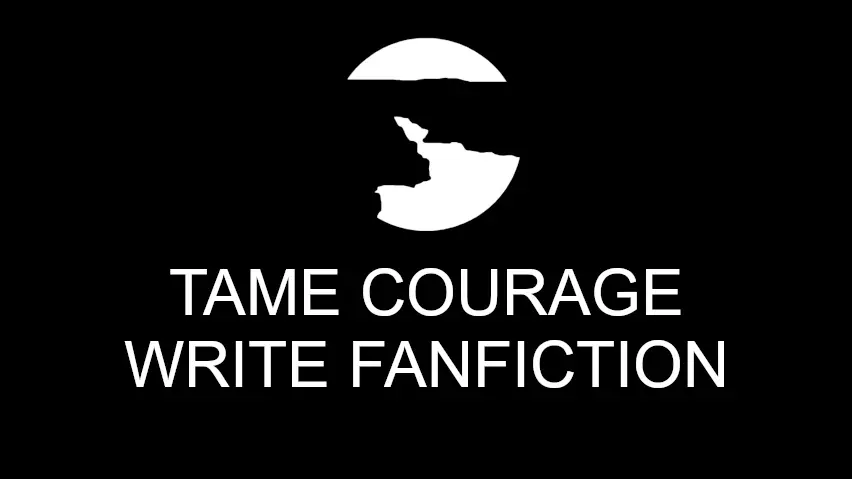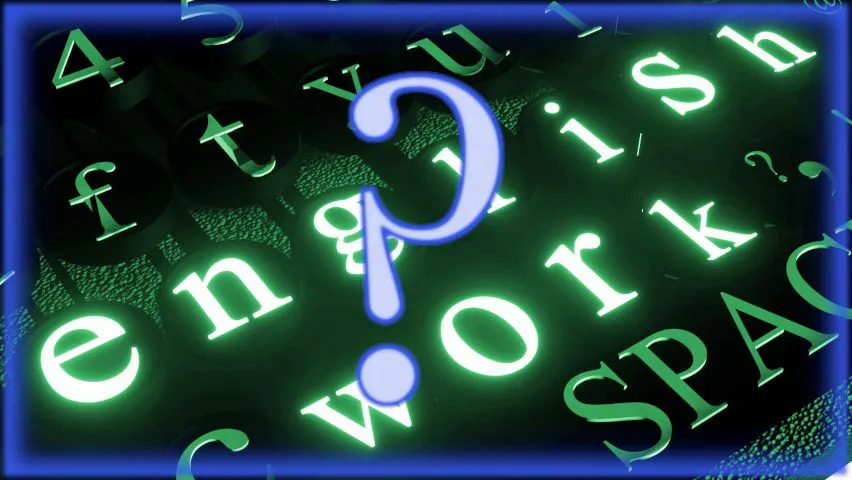What is this?
You have a protagonist, but there’s not a whole lot they can do just on their own. They need supporting characters, friends and enemies. But the question for this article: how do you make a trio of leading characters who all have their own views and way of expression, while balancing one another out?
This isn’t so much a definitive guide on making great character combinations. This is just a little hack you can use to easily get a trio of incredible personalities.
Definition
In the study of persuasive writing (or the art of rhetoric in general) there’s a triad of ethical strategies: ethos, pathos and logos.
Ethos is giving argument by way of authority and credibility, being known and trusted. Pathos is the emotional argument, using what resonates with the audience, using emotion, or underlying values. And Logos is making argument by way of delivering facts and information.
Together, these form the basis of many arguments, adverts, even political speeches. They’re failsafes if the audience doesn’t get lured by one of the elements of persuasion.
The triangle of results
Its uses
What use is this to you? It’s a combination of characters! An ethical person, an emotional person, a logical person. This structure is perfectly balanced, and can give you three leading characters with a strong dynamic between them. They’re able to bounce off one another, each showing independence and variation from the others, while still being similar and able to connect with the ideals of the group.
The ethical person, ethos, can be called the soul. They’d usually be in charge, holding the three together, since pathos and logos can quarrel on occasion. They’re there to keep the morality straight and true.
The logical person, the logos, can be called the mind. They’re usually more socially introverted, as opposed to the other two; a holder of much of the information the other two rely on, lending reason and good judgement to the decisions of the three.
And the emotion of the three, the pathos, can be called the heart. They’re passionate and empathetic with what they see around them. They’re ethical, trying to do what’s right even if it’s against logic at times.
Its flaws
So, that’s the system.
While I don’t doubt its effectiveness, it’s important to remember that simply throwing an Ethos, Pathos and Logos together won’t instantly create a strong dynamic of characters.
The way in which the three express their emotions, and the situations they’re thrown into, is what will create the dynamic and sense of friendship between them. They still need to have flaws, they still need to have fights.
This is just a way in which you can create a leading cast of three characters effectively, and dynamically.
Example
It’s a trustworthy and successful system for creating powerful character dynamics. Take Kirk, Spock and McCoy from Star Trek; Harry, Ron and Hermione in Harry Potter; even Aragorn, Gimli and Legolas in Lord of the Rings.
Examples of such trio characters
Alternatives
In terms of who the protagonist is, the freedom of choice is still yours. As we said, usually the pathos is the leader of the three, and is the protagonist in turn, but any of them can take charge or be the character the story’s written through.
Also, the three don’t need to be together all the time. Some of the most interesting moments in the original Star Trek series is when Kirk, the group’s pathos, was not there, leaving logos and ethos to fight between themselves for what they both saw as right.
Lastly, they don’t even have to be friends, or even on the same side. They can respect or hate one another, the hate acting as a trigger of antagonism.
Conclusion
Any other ethos, pathos and logos character combos you know of? Let us know in the comments. And while you’re down there, be sure to subscribe to our newsletter if you want to see more of our hacks, since the syrup of sweet knowledge is a treat you can never overindulge.



